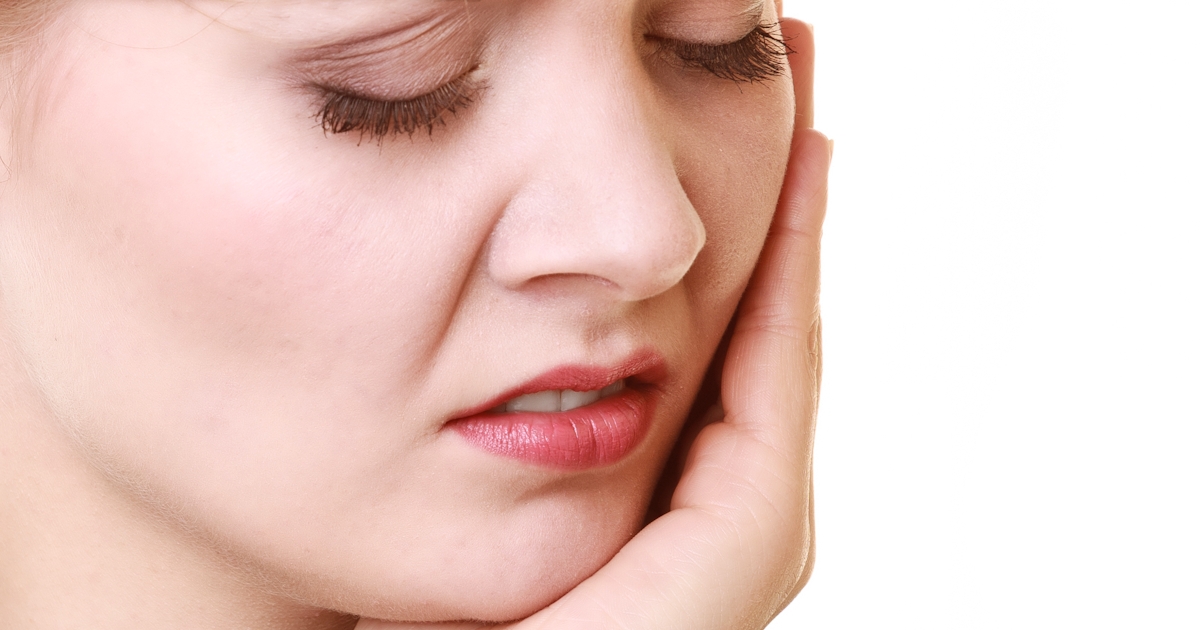
Jaw or TMJ pain is a fairly typical condition experienced by many people after a car crash, and it can be confusing for some health practitioners to diagnose the root of the problem. Complicating the issue, oftentimes you won't experience TMJ pain until many weeks or months after the incident.
Sweeney Chiropractic has helped many men and women with jaw pain after an injury, and the scientific literature explains what causes these types of problems. During a crash, the tissues in your neck are commonly stretched or torn, causing ligament, muscle, or nerve injury. This can obviously cause pain in the neck and back, but since your central nervous system is one functioning unit, inflammation of the nerves can cause pain in other parts of your body.
For instance, with radicular pain, irritation of a nerve can cause tingling or pins and needles in the arm and hand. Similarly, it can affect parts of your body above the injured area, like your head and jaw. Headaches after a wreck are very common because of neck injury, and the TMJ works the same way. Sweeney Chiropractic sees this very often in our Nashville office.
Research shows that the root of many jaw or TMJ symptoms starts in the cervical spine and that treatment of the underlying neck problem can fix the secondary headaches or jaw symptoms. The secret to resolving these symptoms is simple: Sweeney Chiropractic will work to return your spinal column back to health, reducing the inflammatory reaction, treating the injured areas, and eliminating the irritation to the nerves in your spine.
Sweeney Chiropractic finds that jaw and headache issues often resolve once we return your spine to its healthy condition.
If you reside in Nashville and you've been hurt in a crash, Sweeney Chiropractic can help. We've been treating auto injury patients since 2004, and we can probably help you, too. Give our office a call today at (615) 331-7040 for an appointment or consultation.
Ciancaglini R, Testa M, Radaelli G. Association of neck pain with symptoms of temporomandibular dysfunction in the general adult population. Scandinavian Journal of Rehabilitation Medicine 1999;31:17-22.
Brantingham JW, Cassa TK, Bonnefin D, Pribicevic M, Robb A, et al. Manipulative and multimodal therapy for upper extremity and temporomandibular disorders: a system review. Journal of Manipulative and Physiological Therapeutics 2013;36(3):143-201.